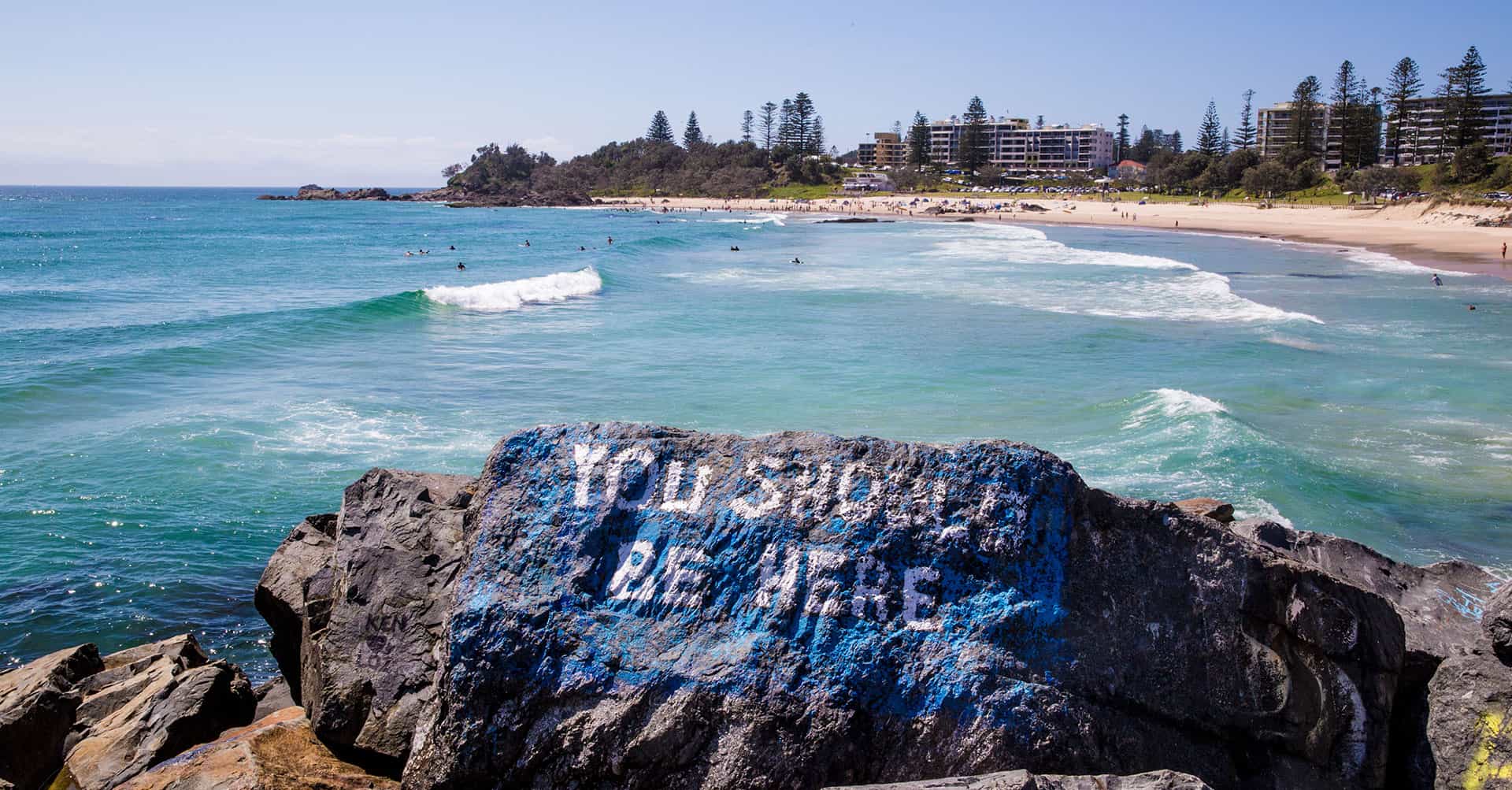In 2018 we’ll celebrate the Port Macquarie Bicentenary, marking 200 years since the area was first settled by Europeans. For the past two centuries, this special part of the world has evolved. From a country outpost, it’s become a thriving town with a diverse and welcoming community.
To celebrate this historic milestone, let’s take a few steps back in time. We’ll take a look at what makes Port Macquarie so special.
The history of Port Macquarie
Port Macquarie is on the mid-north coast of NSW. It’s about four hours north of Sydney and a couple of hours south of Coffs Harbour.
The port itself sits at the mouth of the Hastings River. The river flows from the land north of Wauchope and from nearby Telegraph Point.
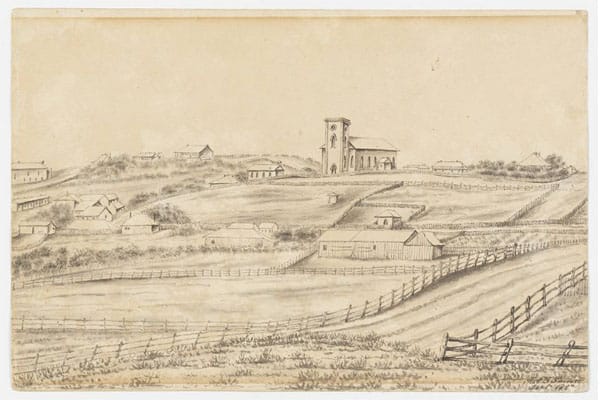
The area around the Hastings River was home to the Birpai Aboriginal people for tens of thousands of years before European settlement. They are the traditional custodians of around 2,800 square miles (7,300 km2) of Mid North Coast land. It runs from Gloucester to the where the Manning River spills into the Pacific at Taree. The Birpai people lived a traditional lifestyle around the coast and hinterland. They had many aquatic animals as their totems.
On the map
Port Macquarie was noted by Captain Cook as he passed the site in the 1770s. The first European visitors to Port Macquarie came 20 years after the First Fleet arrived at Botany Bay. In 1818, explorer John Oxley led an expedition of fifteen intrepid trekkers to the location. Oxley named it after the then Governor of NSW, Lachlan Macquarie. He had requested the site be explored to investigate its potential.
Oxley noted that Port Macquarie had plentiful marine and wildlife. Despite this, in 1821 it was granted the somewhat dubious honour of becoming a penal settlement. From this time, it became home to convicts who had committed further crimes since being deported to Australia. According to Wikipedia, Newcastle had hosted these undesirable types up until this point. As the Hunter region grew, however, there was less need for the hard labour which was allocated to these offenders.
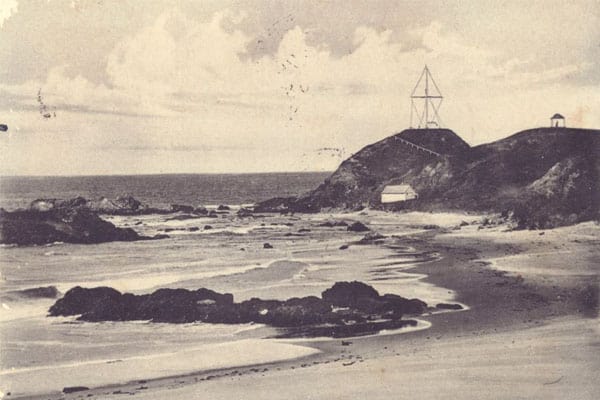
Thus the dastardly convicts were sent up the coast to Port Macquarie. The thick bush and rough terrain gave them plenty of work to do and few opportunities to escape. Records note that life for the early dwellers of Port Macquarie was very unpleasant, with the commanding officer being “fond of flogging”. Even letters and writing equipment were forbidden! The punishment for possession of such contraband was up to 100 lashes. We find ourselves wondering what a bottle of rum would have cost them!
The first citizens of Port Macquarie
Port Macquarie’s first citizens were kept busy. They planted the nation’s first sugarcane crops, ran the subsequent sugar mill and erected buildings. One of these was the now heritage listed St Thomas’ Church. This structure is one of the oldest churches in Australia and one of the remaining few which was constructed by convicts.
Free settlers arrived in Port Macquarie in 1830. They were eager to take advantage of the rich timber resources, plentiful fishing and fertile pastoral land. The convict population, which at its peak had consisted of 1,500 prisoners, eventually dwindled. Thus, the region began its evolution to the town of over 45,000 which live here today.
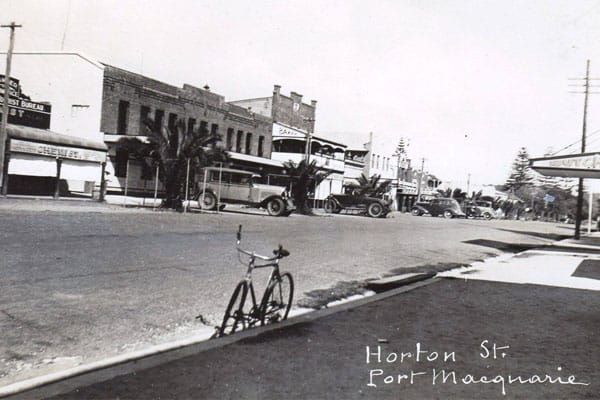
Port Macquarie relied on the Hastings River and passing ocean vessels for transport in early times. It was not until 1910 that the North Coast Railway came to town. When it did, it revolutionised the way the population accessed and exported goods. After WWII, new roads brought with them an increased population. The Port Macquarie Airport has since provided additional access to the area. Over 200,000 people come and go by plane each year.
Historic landmarks
Wander around Port Macquarie and you will come across many of the area’s first structures and sites. A lot of them are now heritage listed for their preservation. These include:
- Port Macquarie’s first burial ground/cemetery at Clarence Street
- Port Macquarie Government House (or what remains of it) at 2 Clarence Street
- The Old Port Macquarie Courthouse on Clarence Street (now a museum)
- St Thomas’ Anglican Church on Hay Street (still in operation as a place of worship)
- Lake Innes House Ruins (once elegant colonial accommodation, now ruins)
Port Macquarie today: facts and figures
It is difficult to picture Port Macquarie’s original convict population toiling amongst the thick scrub when you come to the city in 2018.
This bustling hub is not only a scenic and diverse destination to visit but a superb place to call home. House prices are affordable, with the average cost of a three bedroom home being around $430,000 (at the time of writing this post).
On suburb comparison website Microburbs, Port Macquarie scores a 9 out of 10 for ‘lifestyle’. This is thanks to its stunning oceanfront, cafes, restaurants and local venues. A low population density means the city gets a 9 for tranquility. The large percentage of long-term residents means it is rated 10/10 for community.
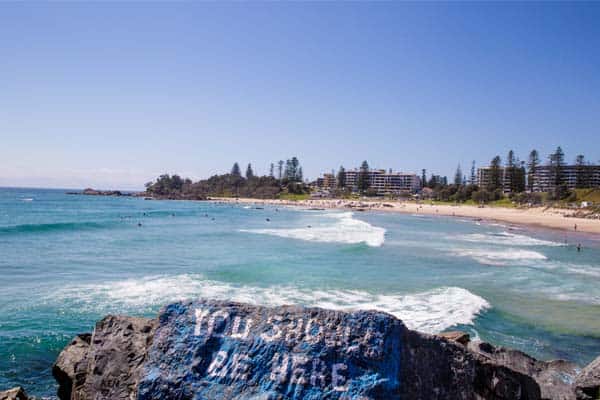
Employment
In the larger Port-Macquarie-Hastings area, at present, health care and social assistance is the largest employment sector with 16,900 workers. This is followed by retail trade with 12,900 people, and construction with 10,600. Other important employment sectors in the Port Macquarie region are education and training, accommodation and food services and manufacturing. The agriculture, forestry and fishing sector employs 2,300 people. This represents two per cent of the local workforce.
In terms of agriculture, Port Macquarie is all about things that make you say “moo”. While the Mid North Coast region has a diverse agricultural sector, the most important commodity in the region based on the gross value of production is milk ($93 million). This is followed by cattle and calves ($91 million). Along with poultry, these commodities contribute around 70 per cent of the total value of agricultural production in the region.
We also love our Avos! In 2016–17, the Mid North Coast region accounted for 50 per cent of the state’s avocado production, growing $19 million worth of this tasty fruit. That’s a lot of guacamole!
Why live in Port Macquarie?
People come to live in Port Macquarie because of the peaceful environment, the beautiful beaches and the easy access to shops. The area is said (often by us) to have a friendly bunch of locals and all the essential services you require. It also provides great access to camping, local wineries, patrolled beaches and dog-friendly beaches. Climate-wise, the weather tends to be mild, meaning you can enjoy being outdoors all year long.
In 2018, Port Macquarie was ranked as one of Australia’s top ten towns to visit by travel site Wotif. This was based on value for money, affordability, demand, interest and the number of accommodation properties available. The survey also took into account our gorgeous coastlines and wealth of family-friendly activities.
Being a popular getaway destination means Port Macquarie hits the mark in terms of world-class bars and restaurants. During the school holidays, things can get a little busy thanks to the influx of tourists from around the state. But don’t worry! There is always a best-kept-secret spot which locals can get away to.
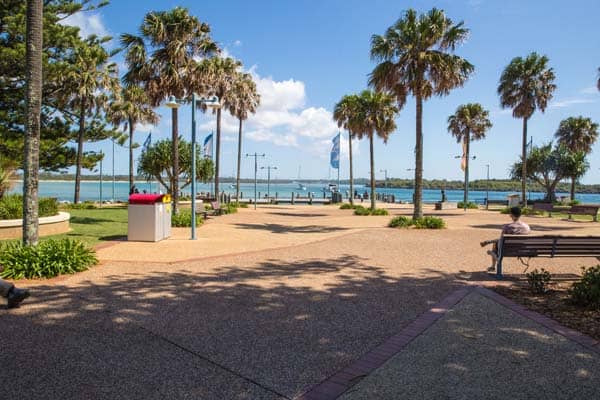
Popular People from Port
Port Macquarie put its name on the map this year for being the hometown of Channel 10’s 2018 Bachelor. Rugby Player Nick Cummins (perhaps better known as the Honey Badger), was born in the town in 1987.
Our harbour city is also home to filmmaker Baz Luhrmann, who grew up not far away in Heron’s Creek.
Olympic medallist James Magnussen hails from Port Macquarie too. The swimmer, who won silver in the 100 metre freestyle at the 2012 London Olympics trained at one of the area’s local pools while growing up.
Port Mac is the stomping ground of country singer Aleyce Simmonds. The seven-time Golden Guitar winner lived locally for twelve years before moving inland to Tamworth.
Celebrating the Port Macquarie Bicentenary
To commemorate the 200th anniversary of his arrival in Port Macquarie, the restored John Oxley memorial was unveiled at Town Beach in September. It stands in the spot where the explorer and his team first camped.
There is a busy calendar of events taking place in Port Macquarie and surrounding areas to commemorate this special anniversary. These will culminate in the council-hosted Port Macquarie Bicentenary event, which will be held on October 28th from 11am to 5pm on Town Green and Town Square.
Called “200 Together – An Exploration through Time”, this large-scale event will celebrate the Port Macquarie Bicentenary and take those who attend on a journey through the area’s history. There will be interactive art and cultural elements, a walking tour (leaving every half hour) and detailed tales of the region.
A market-style set up will offer stalls as well as performances from local and visiting musicians and street performers. Locals and visitors are encouraged to come and bring along a picnic to make the most of the day-long festivities.
To view a calendar of other Port Macquarie Bicentenary events, visit the Port Macquarie-Hastings Council website.
The Future of Port Macquarie
There’s no denying Port Macquarie is well and truly on the map as a place to live and visit. Over the next 18 years, the population is forecast to expand by 25 per cent. This means it will grow from 80,000 to up to 100,000 thanks to the area’s widespread appeal. It is expected that around 500 new houses will be developed each year to meet rising demand. These new dwellings will include new housing estates, subdivisions in existing residential neighbourhoods, conversion of industrial lands to residential lands, and densification of housing by the building of apartment-style properties.
If recent trends are followed, the migration into Port Macquarie will largely come from Sydney, with some new residents joining the community from overseas.
To keep up with the influx of demand, several infrastructure projects are underway or being planned. These include:
- A terminal upgrade at Port Macquarie Airport
- Recreational boating improvements on the Hastings River
- An upgrade to John Oxley Drive
- The construction of new parks and sports training fields.
The Westport Club: A proud part of Port Macquarie
The Westport Club plays an important role in Port Macquarie’s local history. Set in a stunning riverside location, this club supports the local community and welcomes guests from around the country all year round.
Our Club started out as Grand United Port Macquarie West Bowling Club, with its first official meeting held in 1957. It took some time and dedication to erect the club and adjoining bowling green but the ribbon was finally cut in 1959. In a perhaps radical move for the times, women were welcomed as members. This was to make up the numbers — you needed 100 to qualify for a license!
Over the years, our club grew (and continued welcoming women). Extensions during the 1960s added a new lounge, foyer and updated kitchen. Demand led to a third bowling green in 1969 and a second storey was added to the building in 1980. Increased member numbers meant a fourth green later gave way to a carpark, and the club’s auditorium opened in 1990.
The Westport Club
In the mid-2000s, the Port Macquarie West Bowling Club amalgamated with Mingara Recreation Club. It was relaunched as The Westport Club, which we know and love today. We are proud to have won Club of the Year in 2010 and in 2012 at the ClubsNSW Awards for Excellence.
To welcome members and their guests, The Westport Club offers premium dining destinations with stunning river views, as well as our flagship cafe Hastings Coffee Co.
Along with being a leading entertainment and leisure venue, The Westport Club has close ties with the local population. We support over three dozen community welfare and social service groups as well as community development initiatives and community health services. The Club also helps fund local athletes and sporting associations.
We are proud to make a real difference to the lives of people living in our region and to deliver our vision of making a significant contribution to the quality of community life.
Celebrate at the Westport
Join us for a meal at Aqua, our fine dining restaurant during Port Macquarie’s bicentenary celebrations. You can gaze out over the Hastings River and picture what it was like to see the tall ships of the First Fleet passing over 200 years ago.
If casual dining is more your style, pop into the Hastings Coffee Co. While you’re there, you can raise your glass (or mug) to the convicts who toiled to lay the foundations of Port Macquarie and take the time to appreciate the proud history and exciting future of the area.

